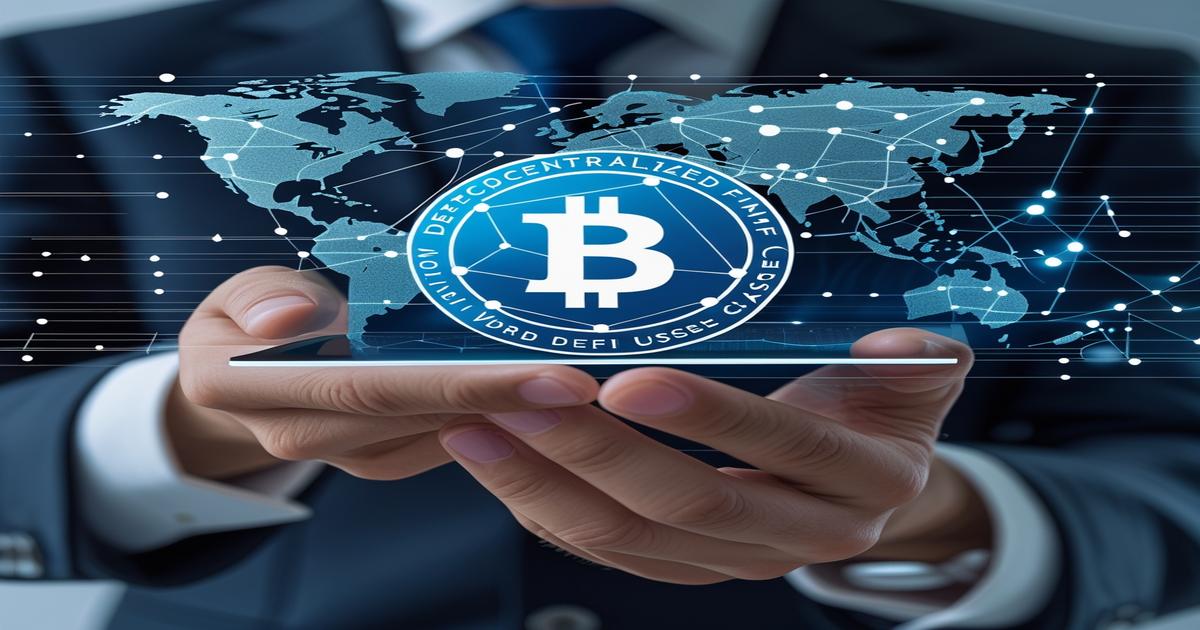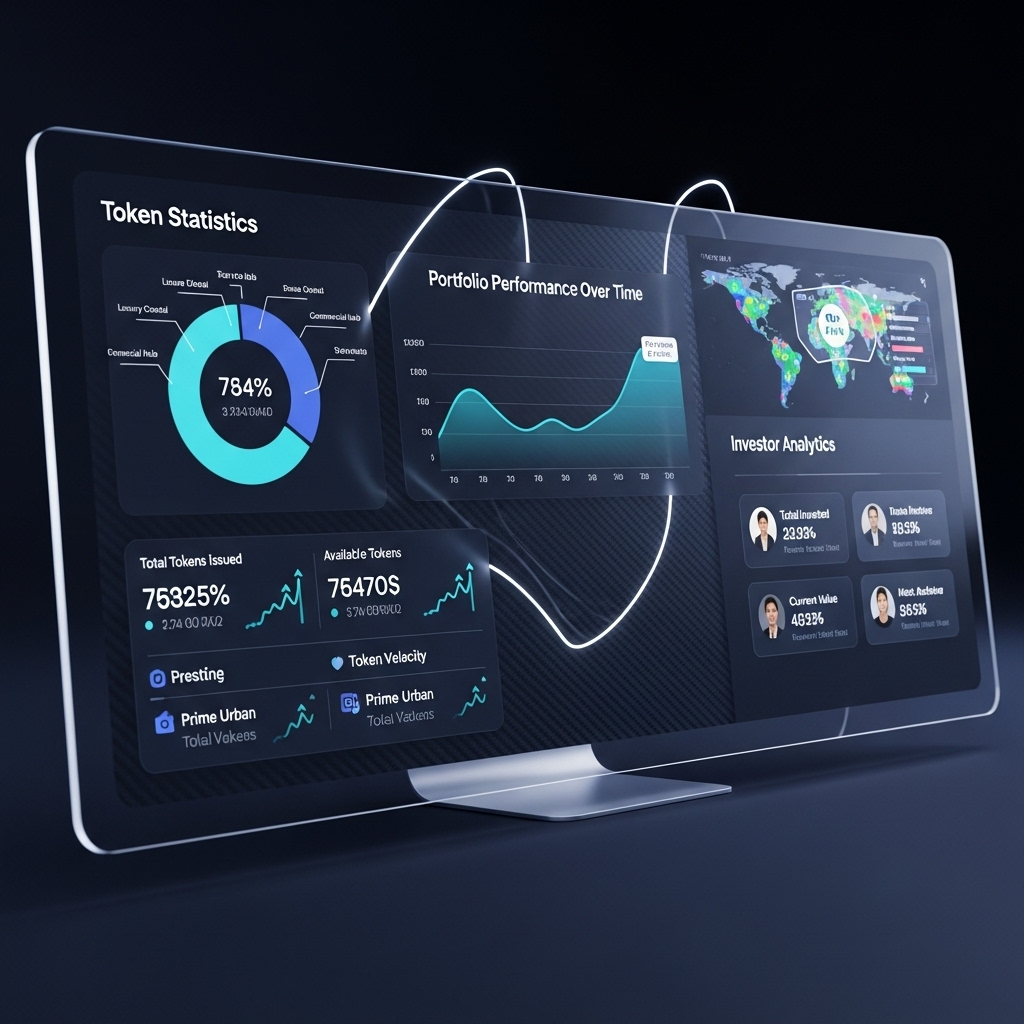Decentralized finance, or DeFi, is revolutionizing the way we interact with money, offering innovative solutions that empower users globally. In this extensive guide, we will delve into how DeFi is transforming traditional finance by leveraging smart contracts and blockchain technology. From lending and borrowing platforms to automated market makers, DeFi presents a myriad of opportunities and challenges.
Understanding Decentralized Finance (DeFi)
DeFi, short for decentralized finance, encompasses a broad range of financial services, all conducted on a decentralized blockchain network. This open, permissionless system enables users to access financial services without intermediaries such as banks or brokers.
The Core Benefits of DeFi
✅ Accessibility: DeFi allows anyone with an internet connection to engage in financial activities, fostering financial inclusion.
✅ Transparency: All transactions are recorded on the blockchain, offering unparalleled transparency and security.
✅ Innovation: Developers worldwide can create novel financial protocols that are interoperable and open-source.
Key Components of DeFi
Lending and Borrowing Platforms
Platforms such as Aave and Compound allow users to lend their crypto assets for interest or borrow against their holdings. This mechanism decentralizes the traditional borrowing and lending industry, offering competitive rates.
Decentralized Exchanges (DEXs)
By utilizing smart contracts, DEXs like Uniswap and SushiSwap enable peer-to-peer trading without relying on a centralized entity. This minimizes the risk of exchange hacks and enhances user privacy.
Stablecoins
Stablecoins, like DAI and USDC, bridge the gap between volatile cryptocurrencies and traditional fiat. They provide stability for transactions, making DeFi more practical and appealing to the wider public.
Yield Farming and Liquidity Mining
Yield farming incentivizes participants to provide liquidity to DeFi protocols, rewarding them with additional tokens. This process, although complex, can yield substantial returns for knowledgeable investors.
Real-World Use Cases
🌐 Cross-Border Payments: DeFi simplifies international transactions, reducing the need for costly intermediaries and lowering transaction times.
🌐 Insurance Protocols: Platforms like Nexus Mutual are utilizing DeFi principles to offer decentralized insurance, making it more affordable and accessible.
🌐 Tokenization: Real-world assets are being digitized and brought onto the blockchain, offering new investment opportunities and improving liquidity.
Risks and Challenges
Despite its potential, DeFi is not without its risks. Smart contract vulnerabilities, regulatory uncertainties, and market volatility pose significant challenges. As this field matures, greater scrutiny and enhancements in security and compliance are vital.
Conclusion
DeFi is more than a buzzword; it’s a paradigm shift that promises more democratized access to financial services. By understanding the mechanisms and opportunities provided by DeFi, users can be at the forefront of this financial evolution.
Frequently Asked Questions
What is DeFi?
DeFi stands for decentralized finance, a movement aimed at creating an open-source, permissionless, and transparent financial services ecosystem.
How can I start using DeFi?
Begin by setting up a digital wallet like MetaMask, purchase some cryptocurrencies, and explore DeFi platforms like Aave or Uniswap.
Are DeFi platforms safe?
While DeFi offers enhanced security and transparency, it isn’t without risks. Conduct thorough research and consider the reputation and security measures of any platform before engagement.
What are the advantages of using DeFi?
DeFi offers numerous benefits, including lower costs, greater accessibility, and increased transparency, all of which contribute to its growing popularity.


 Fashion8 anos ago
Fashion8 anos ago
 Entertainment8 anos ago
Entertainment8 anos ago
 Fashion8 anos ago
Fashion8 anos ago
 Entertainment8 anos ago
Entertainment8 anos ago
 Sports8 anos ago
Sports8 anos ago
 Entertainment8 anos ago
Entertainment8 anos ago
 Sports8 anos ago
Sports8 anos ago
 Business8 anos ago
Business8 anos ago






